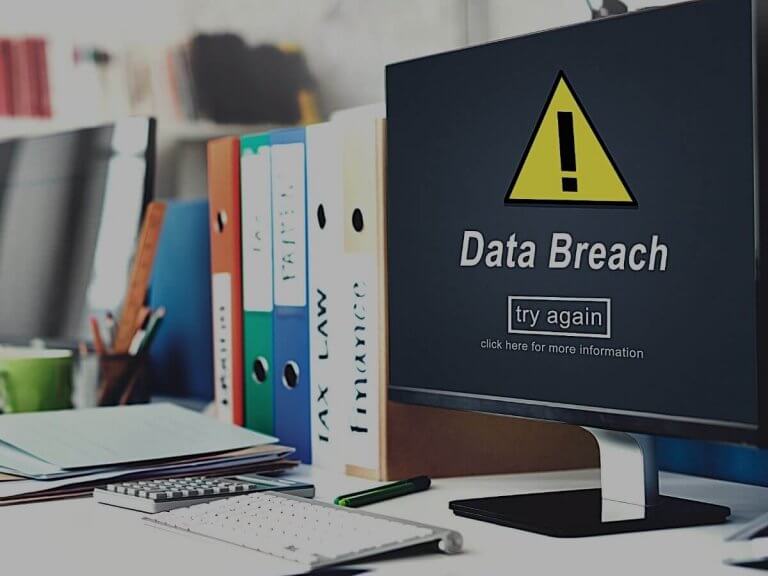Endpoint security is a security strategy that is used to protect endpoints on a network, such as personal computers, laptops, servers, smartphones, tablets, and virtual environments, from malware, spyware, computer viruses, and other online/offline threats. This article discusses the principles of endpoint protection, its critical components, and the benefits of endpoint security for businesses. Additionally, it discusses the top ten best practises for implementing and managing endpoint security in 2021.
Endpoint security employs a variety of techniques to thwart threats and secure your network.
Endpoint encryption encrypts and scrambles data, rendering it unreadable without a key. Encryption is the final and perhaps most critical security layer since it safeguards data in the event that it falls into the wrong hands.
Forensic analysis: Complements EDR by monitoring all endpoint activity and generating a digital footprint for all incidents. All information and evidence pertaining to an attack—what occurred, who was involved, and the subsequent consequences—are gathered and studied in order to prevent future occurrences.
Protection for IoT devices: Many IoT devices are installed with insufficient security. What measures can your firm take to secure IoT devices? Installing an EDR system to manage, monitor, and scan for vulnerabilities is a good place to start. Remove obsolete devices, replace them with next-generation solutions, monitor every app and device access, encrypt communications, and partition your network to isolate issues.
Email gateways: Because email is the most frequently used method by criminals to infiltrate networks, email gateway software is vital in the modern era. Safe emails are allowed to pass through the system, while potentially malicious ones are quarantined. All email gateways should incorporate anti-virus and anti-malware protection, content screening, and email archiving functionality.
Quarantine protection is the process of isolating harmful files in order to avoid causing harm to devices and networks. Rapid isolation of harmful data is critical for endpoint security, and quarantining also allows for the cleaning of valuable files rather than their deletion.
Demonstrating Adequate End-point Security
If there is one thing that is more critical than securing your endpoints, it is proving their security. Documenting your organization’s ability to manage risk and safeguard sensitive data has a number of advantages, ranging from avoiding regulatory fines to keeping an attractive vendor reputation.
Obtaining a good SOC 2 report demonstrates that endpoint security is adequate. Each organization’s SOC 2 report is unique, with fluid criteria and self-designed controls. Your organisation may establish its own criteria, but it must also guarantee that controls are in place to ensure compliance and then successfully record compliance for an auditor—a task that is not always straightforward. Additional pertinent content: SOC 2 compliance: What You Need to Know and Do.
Your Enterprise’s Endpoint Security Is Critical
Security is fast evolving in today’s mobile world—endpoints have become the new perimeter, and enterprises must safeguard their data across networks. As businesses develop, their vulnerabilities increase, and safeguarding endpoints is a requirement for all businesses, regardless of size or stature. Jose-Miguel Maldonado highlights this point: “Whether you operate a small or large business today, you must invest time and effort in securing your organisation with a solid endpoint security solution.”
Smart businesses of all sizes will harden the new perimeter, treating each device as if it were the key to their entire home, with robust endpoint solutions. They will escape the severe financial and reputational costs associated with pricey breaches—and their chief information security officers (CISOs) will sleep better at night knowing their endpoint network is secure.

